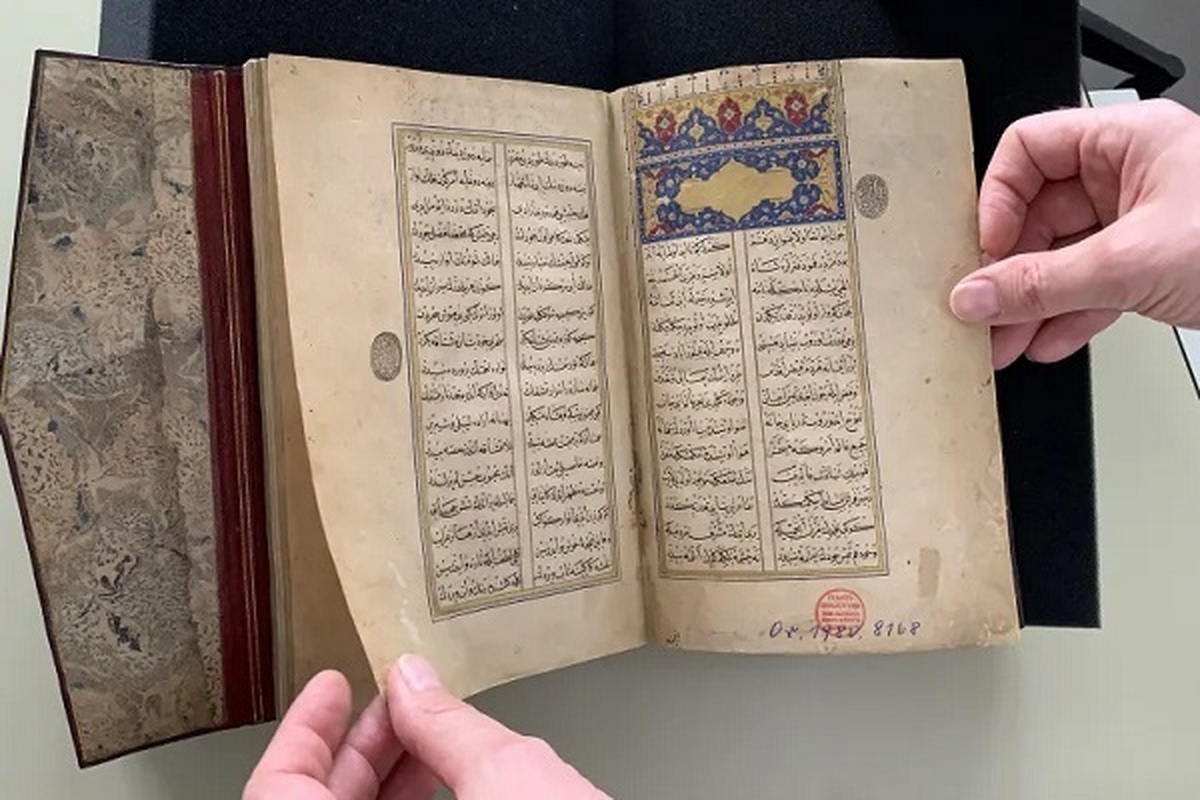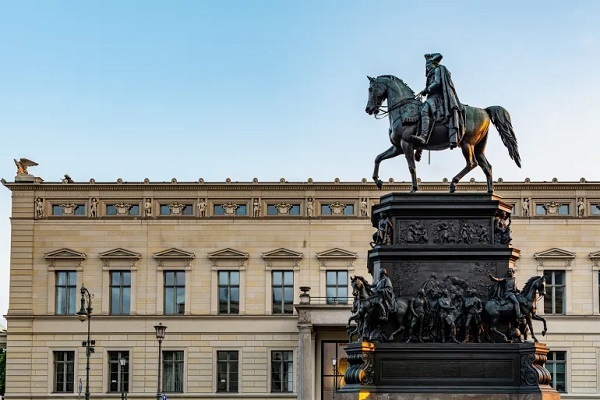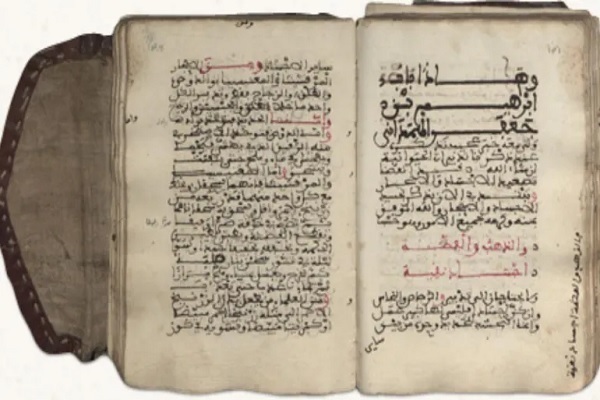How Arabic, Islamic Manuscripts Found Their Way into German Libraries


This is according to a recent report published Al Jazeera, excerpts from which are as follows:
Arabic, Turkish, and Persian manuscripts in Europe, like Islamic art and literature, reached German-speaking countries during the Middle Ages through diplomatic, commercial, and military contacts.
Some of these manuscripts were prized gifts for emperors and nobles, while others were spoils of war.
The manuscripts and works of Islamic art that reached Europe were mostly owned by nobles and church treasurers. Collections of oriental and Islamic manuscripts were formed in Europe through close contact with the Ottoman Empire from the 17th to the 19th centuries. But because of political development and the secularization of the political system that affected the church’s treasury, these collections often remained dispersed and unclassified.
A close examination of the circumstances in which 40,000 Arabic manuscripts reached Germany’s three largest public libraries reveals some fascinating aspects of the multifaceted and changing relationship between Europe, the Middle East, and North Africa.
The Center for the Study of Manuscript Cultures in Germany, in collaboration with the University of Hamburg, has published studies on the origins of Arabic manuscripts and how they entered German libraries.
The state libraries of Berlin and Bavaria and the Gotha Research Library hold the largest collections of Eastern manuscripts. Tilman Seiden-Sticker, professor of Islamic studies at the Department of Oriental Studies at Friedrich Schiller University in Jena, Germany, says that the manuscripts came to the libraries through transmission from the former East German libraries and from the monasteries and castles where they were deposited in the final years of World War II.
During the war, the German authorities pursued a policy of distributing cultural works in various places, including the Soviet Union, and only a limited number of manuscript copies were deposited in libraries in Berlin and Gotha.
The Eastern manuscript in the Gotha Research Library is a good example of the fact that the transfer of manuscripts to the Soviet Union does not necessarily mean their loss. Because the entire collection of over 3,000 manuscripts was transferred to the Soviet Union in 1946 and returned intact in 1956, three years after Stalin’s death.
According to Sticker, in studies published by the University of Hamburg, many books and manuscripts and some exhibits were stolen due to the consequences of the war.
Read More:
Arabic manuscripts are now kept in cages in German libraries, and scholars hope that they will never again be moved from the reading room of manuscripts.
The largest collection of oriental manuscripts in Germany is housed in the Berlin Library. Frederick William I, King of Prussia, ordered the purchase of Arabic, Persian, Turkish, Ethiopian, Coptic, Indian and Chinese manuscripts as a complement to his commercial and colonial ambitions.

Arabic manuscripts were not obtained from a single source, and historians point to a very large number of Arabic manuscripts acquired by the German Library in a short period of time between 1852 and 1887.
As the libraries’ fair budget was insufficient to purchase or acquire these expensive collections, this required the help of the Prussian king, who also supported the work.
The second library in the state of Bavaria is located in Munich and currently holds 4,200 Islamic manuscripts. The manuscript collection of the library began with the collection of Johann Albrecht Weidmanchter, a German orientalist (1506-1557), who worked as a diplomat and raiser in Arabic circles and was particularly famous for the early publication of the Koran, copies of which are in the German Library.
The library also contained the spoils of war of the European forces and the Ottoman Empire. Later, 60 manuscript copies were added to the library, donated to the royal library by two physicians from the Khedivian dynasty of Egypt.
According to Seiden-Sticker, the German library also acquired valuable books from French orientalist Etienne Marc Quatmerry and 157 Arabic manuscripts from Yemen.
Read More:
The number of Oriental and Islamic manuscripts increased dramatically in the second half of the 20th century due to the role of two Munich librarians, one of whom had a particular interest in Quranic manuscripts, although he was able to purchase many other important books at a time when the more expensive books were still available. The library currently holds 179 complete or partial copies of the Quran.

During the Ottoman and European conflicts, German libraries acquired valuable manuscripts in unusual ways. Among the manuscripts of the Old Gotha Library are 74 Oriental manuscripts, some of which have notes indicating that they were acquired as spoils by Germany. These manuscripts contain excerpts from the Quran and the Sunnah.
Many manuscripts held in European libraries bear witness to famous military events such as the Siege of Vienna. In 1535, the siege of Tunis by Emperor Charles V resulted in the looting of manuscripts, especially Quran manuscripts, from the city’s mosques and libraries, and one of these books found its way to Heidelberg (and later to the Vatican).
After the famous Battle of Lepanto in 1571 between European and Ottoman forces, 20 Arabic, Persian, and Turkish manuscripts fell into the hands of Europeans and found their way to the Escorial Library in Madrid.
Spanish pirates wrote accounts of the transmission of Arabic manuscripts to Germany and Europe, and in 1611, they hijacked a boat off the western coast of Morocco that contained the works and property of the Sultan of Zaydan, including his entire library of 3,000 or 4,000 Arabic manuscripts. It was presented to King Philip III, who placed it in the library of the Royal Monastery of San Lorenzo in Ascorial.
So, in the first stage of the transfer of Arabic manuscripts to German libraries, before wars, looting and plunder were the main source of Arabic manuscripts, colonial and economic interests played an important role.
Historians have found a kind of competition between libraries and museums to create the largest collections of manuscripts and manuscripts that are emblematic of the high culture of the time.
4275857



